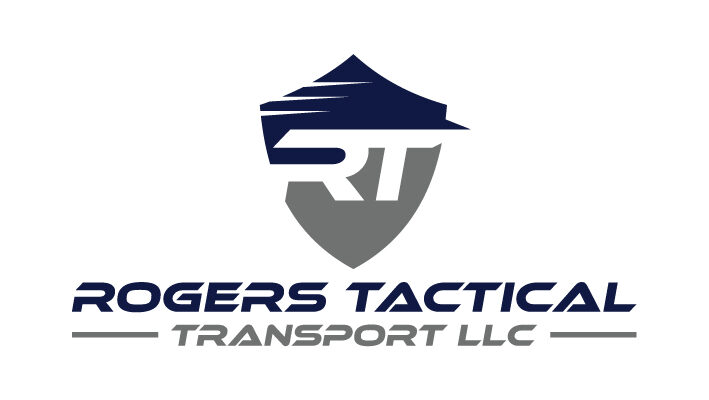
Fear for safety is defined as the level of safety that individuals perceive, which may differ from the actual level of safety in a given environment. In transport services, perceived safety often influences customer behavior more than real statistics. For instance, a person might avoid using a service because they believe it is unsafe, even if data shows otherwise. This perception can result from personal experiences, media reports, or the general environment.
Studies show that perceived safety is a crucial factor that affects customer satisfaction and loyalty. Therefore, transport service providers like Rogers Tactical Transport LLC focus on improving factors that enhance perceived safety among passengers. This involves not only implementing strict security measures but also effectively communicating and marketing these measures. Additionally, the need for predictability and control is essential for making decisions and ensuring smooth operations.
The Importance of Predictability and Control
Humans naturally seek order and try to control outcomes in various situations. Passengers using transport services want to know what to expect and how to handle it. Clear communication and reliability enhance their feeling of control and trust. Uncertainty and lack of information cause concern and reduce trust. For instance, timely and reliable flight schedule updates simplify a passenger’s journey and reduce anxiety.
Trust in Authority and Expertise
Transport providers should demonstrate expertise and authority, which reassures passengers. Visible security measures, knowledgeable staff, and professional behavior make passengers trust the service provider’s competence. When customers believe the provider can handle security matters, their trust increases. Qualified and confident staff can significantly improve passengers’ feelings of safety. Staff who manage security issues effectively and assist passengers when needed help build trust among passengers.
Building Trust and Confidence in Transport Services
Transport services are built on trust and confidence from the consumers and hence it is important to examine the following issues.
Implementing Robust Security Measures
Well implemented and conspicuous security measures are important when making people feel secure. This includes:
- Surveillance Systems: The use of quality security cameras should be placed at strategic points to discourage would-be criminals as well as act as repudiated proof in case something happens.
- Security Personnel: Security staff that has been trained can be of help and can quickly come to the aid of one since they will enhance security. Security officers, especially when uniformed, can ward off any would-be attackers that passengers feel more secure when they are in the presence of security officers.
Clear and well-communicated emergency procedures inform passengers on what to do in case of an emergency. Regular drills and visible emergency equipment are crucial for preparedness and can increase passenger’s trust in the service.
Enhancing Communication
Communication is an essential component in achieving trust since it helps in the construction of the two parties’ trust. Transport service providers should:
Provide Real-Time Updates: Adopt the use of digital displays, mobile applications and regular announcements to inform the passengers about the various schedules as well as other issues affecting travel such as delays and security measures. Real-time updates make passengers feel that they are on top of events and this makes them feel in control.
Transparent Information: Provide clear information about the measures and policies of security. Such openness will make the passengers feel more controlled and safe. It is always helpful to create trust in clients when one shares details of security improvements and incident handling.
Promoting a Safe Environment
Physical and perceived security is enhanced by creating a safe environment and can shape the perceptions of the passengers. This involves:
Clean and Well-Maintained Facilities: An organized environment along with adequate lighting and proper care for Furniture and Floor can decrease the anxiety level and increase the sense of security. Punctual cleaning and proper sanitation upkeep show the attention of the brand to the health of the passengers.
User-Friendly Design: Organize spaces to simplify movement and place signs clearly. This reduces confusion and helps passengers feel safer in their environment.
Training and Empowering Staff
Security begins with how staff receive people, and it’s crucial that staff convey this mindset clearly. Service providers need to:
Provide Comprehensive Training: For security purposes, awareness should be done to the staff including in security matters, customer relations, and disasters. Proper training puts the staff in a good position to handle one condition or another since they have been trained how to do it.
Empower Staff: Delegate responsibility to staff and empower them to act in specific situations. This freedom can lead to faster issue resolution and build trust with travelers. Employees can prevent security breaches and assist passengers effectively.
Leveraging Technology
Technology does play a right note in supplementing security and building up trust in a given environment. Consider:
Mobile Apps: Design applications which can provide more details to the traveler, report accidents, and inform the consequence of dangerous situations. Through the use of mobile applications, passengers can easily be accessed and updated at every stage.
Data Analytics: Employ the analytical approach to uncover pattern and security risk factors that may be implemented to act before they can happen. The data analysis also contributes to the prediction of potential security threats and the prevention of such incidents, which increases the level of confidence in air travel among passengers.
Crisis Management
Trust is especially threatened during crises, so proper management is essential. A clear strategy, good preparation, and quick, accountable communication help maintain confidence. Prompt and efficient crisis communication reduces the negative impact on travel and passengers’ trust.
Conclusion:
These findings show that achieving trust and confidence in transport services demands much more than physical security measures, although passengers’ psychological needs have not been exhaustively examined. Transport service providers can enhance their reputation by implementing robust security strategies, improving communication, prioritizing client safety, ensuring comprehensive staff training, leveraging technology, and effective marketing and public relations efforts. Finally, recognition and mitigation of the psychological aspect of security issues will result in passengers’ satisfaction, devoted clients, and ultimately the success of the transport service. Services like Rogers Tactical Transport LLC provide transport services with all these features. Thus, by insisting on both perceived and actual safety, the transport providers contribute a positive experience to all the travelers hence a continual development of the services to be offered.








